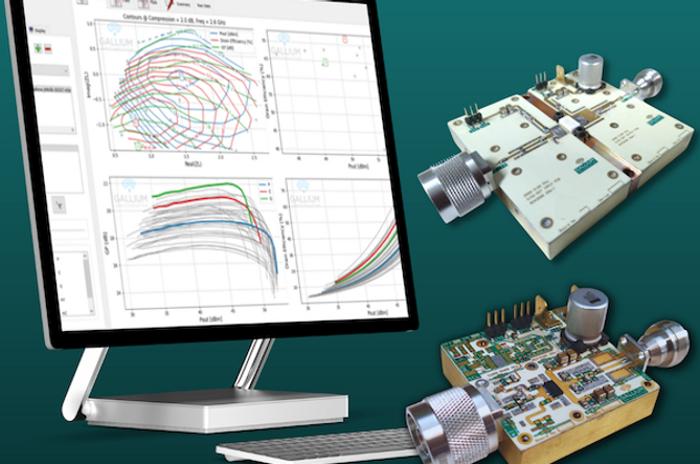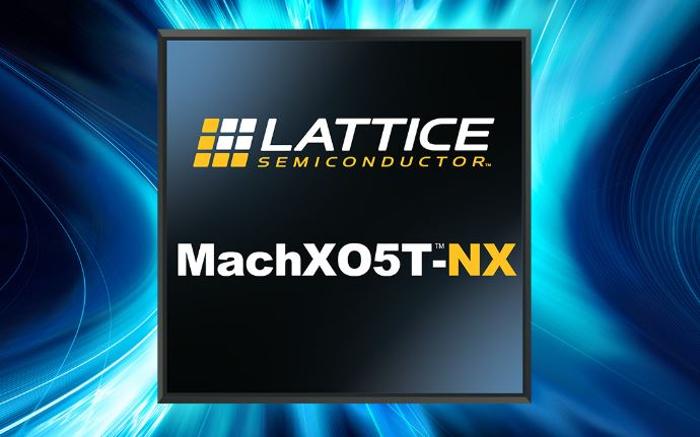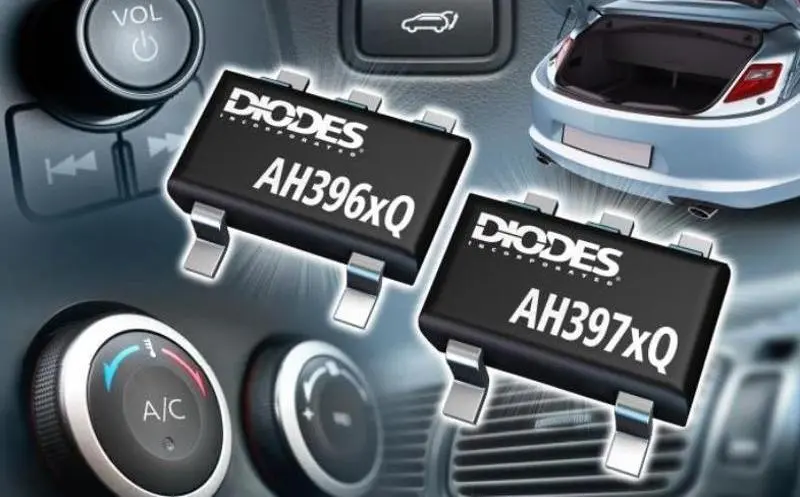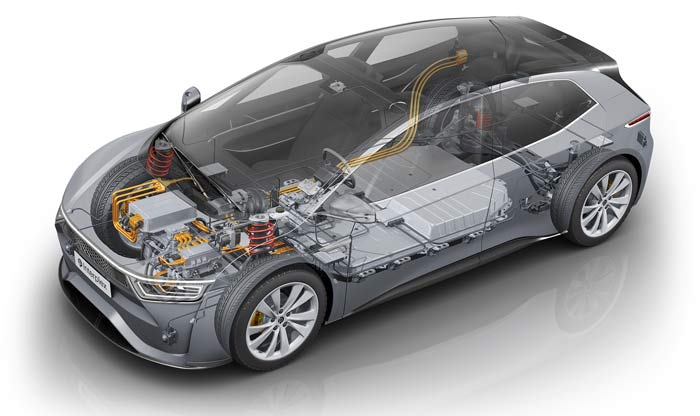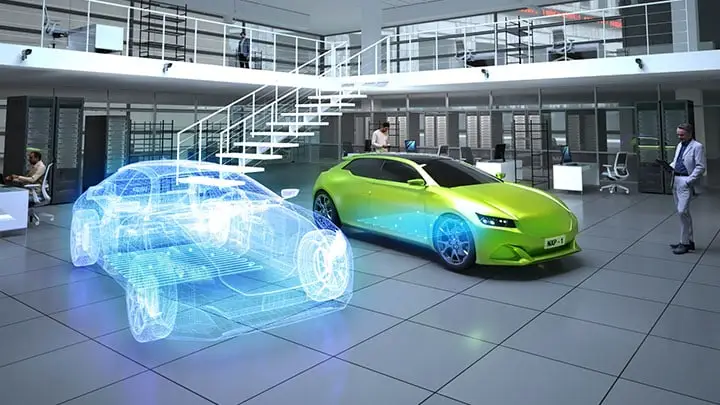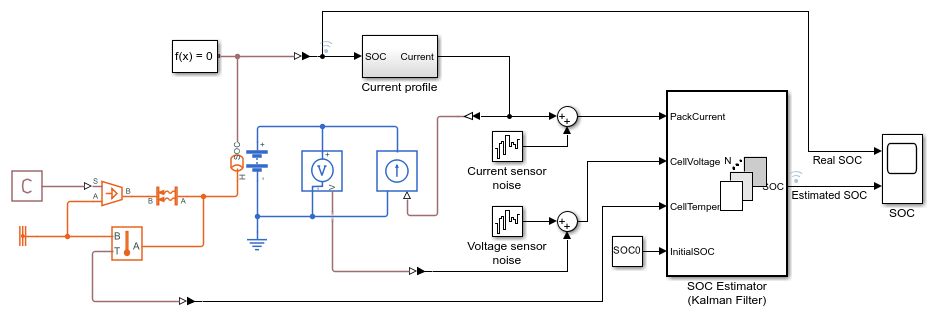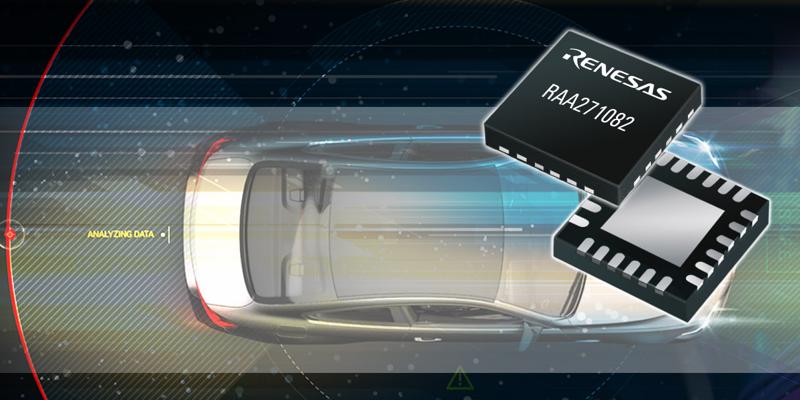
Where automotive FPGAs stand in smart car designs
- Automotive
- 2023-09-23 21:29:44
The automotive industry has gotten its fair share of time in the spotlight in recent years. Part of the focus has revolved around how important semiconductors are to modern vehicle designs equipped with smart technology capabilities. These technologies aren’t just limited to the fully electric or hybrid models, which have existed for years now, but have expanded to include SUVs and minivans outfitted with a tablet on the dashboard and a camera built into the rearview mirror. With Deloitte projecting that 45% of the cost of a new car will come from electronic systems by 2030, the importance of chips is only growing.
This is especially true with FPGAs. The most technologically advanced cars can have up to 10-12 FPGAs inside them, all performing varying functions given their inherent flexibility and small size. From infotainment systems, advanced driver assistance systems (ADAS), in-cabin artificial intelligence for human presence detection, and secure battery management, FPGAs are spread up and down vehicle designs and are making cars smarter than ever before.
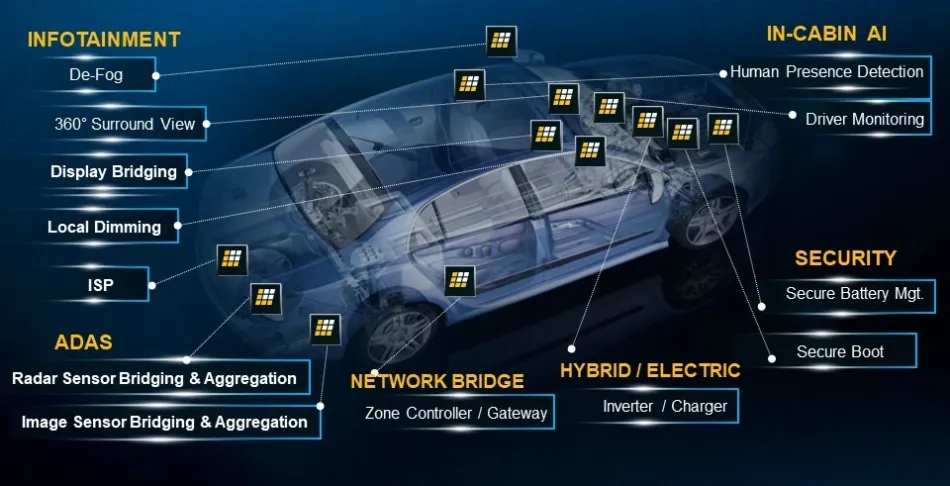
Figure 1 Low-power FPGAs are being optimized for use in automotive applications. Source: Lattice Semiconductor



Powering zonal architectures
As more technology has been added to vehicles over the years like cameras and sensors, designs have begun shifting to zonal architectures, or different computing “zones” throughout a car that all relay and connect to a main computing component, usually a system on chip (SoC). Thanks to their bridging functionality, FPGAs are used to route the signal from different cameras or sensors by multiplexing the signals together only to separate them, or demultiplex, when they reach the SoC.

Figure 2 The higher-density FPGAs are aiming for automotive qualification for designs up to 100,000 gates. Lattice Semiconductor
It may sound straightforward, but the connections between different zones can vary greatly from vehicle to vehicle and require different types of standards. Some cameras and sensors follow MIPI standards while others use high-speed SERDES for longer distance connections. Additionally, older automotive standards are still being used, including local interconnect network (LIN) bus, controller area network (CAN) bus and automotive Ethernet.
FPGAs with the appropriate specs have the power to work across each type of connection and server as a bridge between different standards, allowing for much more complex designs to be executed.
Driving real-time networking and motor control
FPGAs aren’t just appealing to automotive designers for their bridging capabilities, but also for their low latency signal processing and analytics performance at a deterministic rate every, single, time. This consistent reliability is critical for a car’s performance in real-time based applications like assisted driving systems.
Looking at electric or hybrid vehicles as an example, FPGAs support high-performance pulse width modulation (PWM), allowing them to be used for fine-tuned motor control, power conversion, and inverters that all help to extend the range of vehicles by maximizing power and efficiency.
FPGAs are also suitable in electric/hybrid vehicle models because of their low power consumption. The higher the input/output (I/O) density, the more flexibility and adaptability FPGAs can deliver.
Enabling cyber resiliency
Just like they’re enabling robust cyber resiliency functions in applications like servers and telecommunication networks, FPGAs are doing the same for cars. Consumers need to be assured that their Internet of Things (IoT)-connected vehicles cannot be tampered with by bad actors, so safety and reliability are critical. Security-grade FPGAs are used as a hardware root-of-trust for secure control in automotive applications, meaning the FPGAs can self-authenticate the integrity of its firmware and other devices that boot alongside it.

Figure 3 MachXO3D FPGAs facilitate security features such as hardware root-of-trust, platform firmware resilience, and secure dual-boot support. Lattice Semiconductor
In addition to firmware security, the auto industry requires vehicle designs to follow strict regulatory standards for safe and consistent operation in a vehicle. One standard, ISO 26262 for functional safety, requires components to comply with the physical demands of the road like extreme temperatures, and to also have accompanying software that operates in a continuous safe fashion. FPGAs can run ISO 26262 certified software to meet the necessary standards.
Small size, big impact
Gone are the days of a non-computerized automotive industry. As more electronics are included in vehicle designs and interact with the rest of the vehicle, more room for error is introduced. This can lead to costly recalls and headaches for consumers, such as when Volkswagen introduced the ID electric car series and a battery self-discharge problem occurred, resulting in the company recalling about 10,000 units.
These seemingly minor components play a large role in the overall health of the vehicle, and these types of safety issues are only going to become more prevalent in the future. Thus, it’s the responsibility of the automotive industry to ensure that these components are incorporated in the safest and most effective way possible.
FPGAs are proven to be flexible and reliable components to enable a variety of different electronic capabilities in today’s advanced vehicle designs. Consumers expect their cars to keep evolving and to further integrate electronics seamlessly with their driving experience. It is up to manufacturers to embrace the challenge and master the tools they have at their disposal. With a new future dawning on the horizon, there are plenty of opportunities for these cars to keep getting smarter.
Bob O’Donnell, president, TECHnalysis Research, authored this blog on behalf of Lattice Semiconductor.
Related Content
Arms Race for FPGA Security Never StopsLattice Semi Tunes its FPGA For Auto AppsFPGAs get traction in automotive AI IC raceSimplifying design with embedded FPGA technologyHow to use FPGAs to implement MOST in automobilesWhere automotive FPGAs stand in smart car designs由Voice of the EngineerAutomotiveColumn releasethank you for your recognition of Voice of the Engineer and for our original works As well as the favor of the article, you are very welcome to share it on your personal website or circle of friends, but please indicate the source of the article when reprinting it.“Where automotive FPGAs stand in smart car designs”

